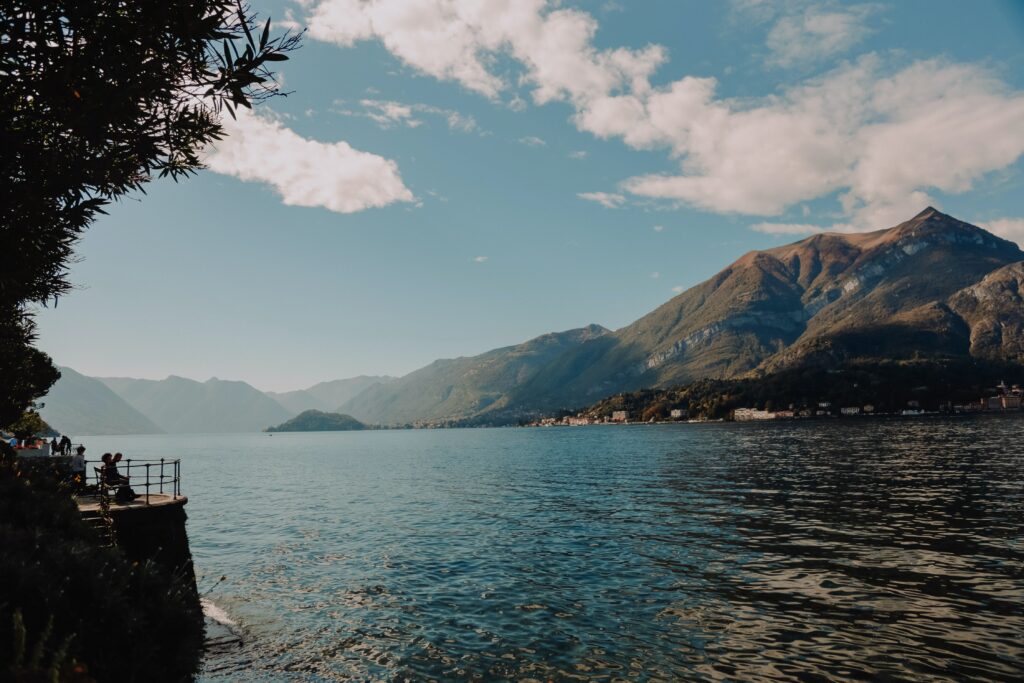
Lake Como Case Study: Challenges Identified
The Lake Como stakeholder dialogue met in October to discuss the challenges identified in the Lake Como region with local stakeholders.
The global impacts of climate change, population growth, agriculture expansion and economic development on the WEFE Nexus are clearly visible at the local level in the Lake Como region. The demand for water for irrigation and energy has been steadily increasing, while climate change is leading to an increase in drought events requiring new management strategies for lake regulation.
The Environmental Intelligence Lab of Politecnico di Milano has been working for many years alongside local stakeholders to identify the key Water-Energy-Food-Ecosystem (WEFE) challenges, and the GoNEXUS stakeholder dialogue is an extension of this work. The final objective is to design and assess innovative solutions for an efficient and sustainable coordinated governance of the WEFE Nexus across different institutions by balancing multiple competing interests.
Recently, in dialogue with local stakeholders and the consortium, the most important WEFE challenges that GoNexus will target were identified, including:
1. Conflicts over seasonal allocation of water across the WEFE Nexus, especially for food and energy production, flood control and irrigation supply, and ecosystem preservation. The main WEFE Nexus tradeoffs are:
- Water (flood and low levels) vs. food (irrigation supply): ensuring the downstream irrigation supply, while preventing floods along the lake shores and avoiding excessive lowering of water levels especially during the summer period.
- Energy (hydropower) vs. food (irrigation): meeting the irrigation demand requirements, while ensuring optimal hydropower generation.
2. Observed increase in drought events requiring new management strategies to cope with water scarcity. Increasingly frequent and prolonged droughts are exacerbating the conflict among the stakeholders and require new solutions to satisfy the water demand.
3. The effect of climate change is expected to reduce water availability in summer in the Alpine catchment, where snow and glacier dynamics play an important role. Lake inflows are projected to decrease by mid-century challenging the reliability of the irrigation supply. Moreover, an increase in temperature and in the frequency and magnitude of heat waves will contribute to crop failure risk.
To tackle these challenges, GoNEXUS will evaluate the following solutions:
- Adaptation measures that could reduce the conflicts across sectors are: (i) modification of the lake regulation space, (ii) hydropower relicensing, and (iii) more coordinated operation of the lake and Alpine hydropower reservoirs.
- Taking advantage of increasingly available hydro-meteorological data and forecasts to inform the lake operation in order to manage recent and projected extreme hydrological events. Forecasts can be made available to the local stakeholders from both local and global models over long seasonal forecast horizons.
- Adoption of novel financial tools including index-based insurance schemes to hedge the climate risk on crops can be used to tackle the projected increase in climate change induced extreme events.
Article authored by Matteo Giuliani, professor assistant in the Environmental Intelligence Lab of Politecnico di Milano, in collaboration with Andrea Castelletti and Andrea Ficchì.




